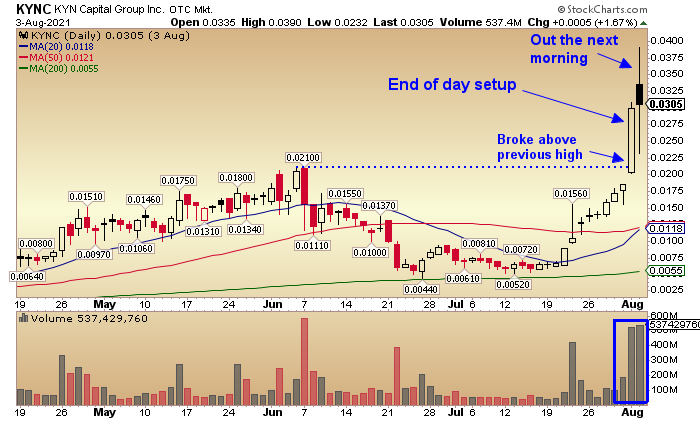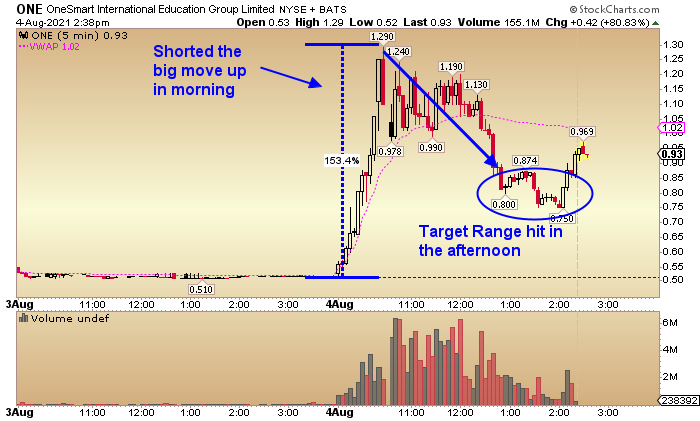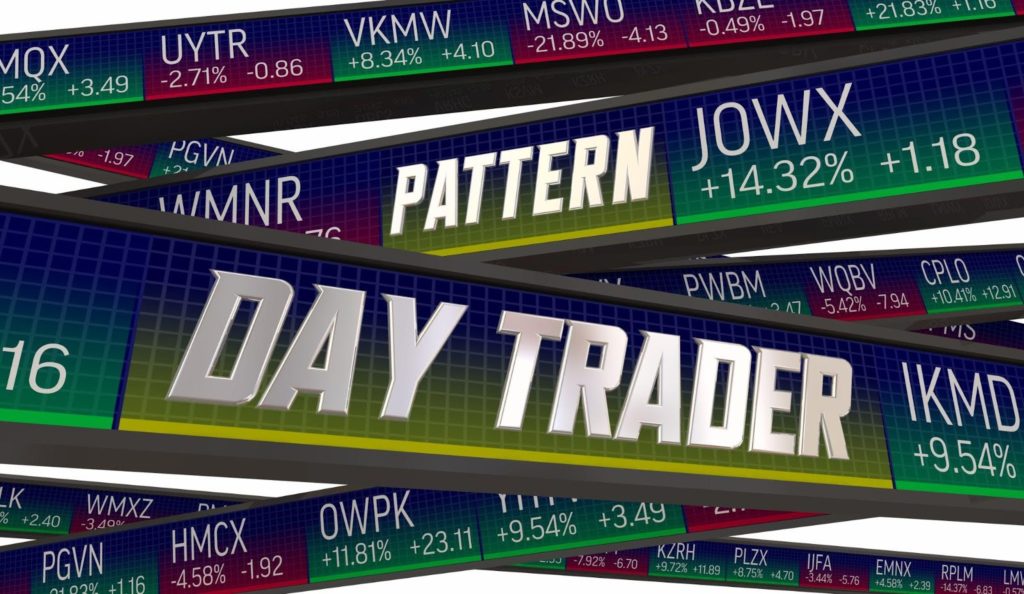If you’re trading in a small account, the Pattern Day Trader (PDT) rule is something you should know about…specifically how it can affect your trading account.
But don’t worry, I’ll explain how it works AND give you insights on how to deal with it.
As someone with a small account, the PDT Rule can become an obstacle. It states that if your account is under $25,000, you are limited to 3 round-trip day trades in 5 days.
In other words, if you are trading a small account, you can’t actively day trade, or your account will get flagged as a “pattern day trader.”
And if that happens, you could face several restrictions and obstacles, such as having your broker “freeze” your trading account for upwards of 90 days.It’s nothing to fear though, it just takes understanding.
The PDT Rule Explained
If you have a small account… you’ve probably heard of the Pattern Day Trader (PDT) rule.
Basically for your own “protection,” if you have an account with under $25K… then you can’t day trade.
The rules are based on the fact that so many people lose their shirts trading… but the fact is, it doesn’t matter if you have a small or big account, most people lose their shirts when they don’t trade with rules.
Regardless, this creates a barrier for you when it comes to trading.
The Details:
With a small account (under $25K), you can only day trade three times in a five-day trading window. Four or more day trades in a 5 day period and your broker will flag your account as a pattern day trader.
For example, let’s say you buy a stock at 9:30 AM and sell it at 1:00 PM… that’s considered a day trade because it happened within the same day… and if you do that four times within a 5 day trading period… then your account could face additional restrictions.
If your account gets flagged, you will be required to have at least $25,000 in the account and can only trade in a margin account. If the account falls below that requirement, you will not be permitted to day trade until the account is restored to the $25,000 minimum equity level.
For those of us with a small account, you can see how this could be a problem. But, with the proper considerations and discipline, it’s possible to understand and account for the PDT rule.
Multi-Day “Day Trades”
Now that you understand how the PDT rule works…you’re wondering how do I deal with it when trading a small account?
Let me break it down for you.
A day trade happens when you buy AND sell a stock on the same day.
So what if I buy it one day and sell it the next?
Not A Day Trade.
Even if I hold the stock for less than 24 hours, it still would not by definition be considered a day trade…and therefore wouldn’t count against my 3 allowed per 5 day period.
For example, let’s say I buy a stock at 3:45 PM EST and I sell it the next day at 9:45 AM EST…this is less than a 24 hour period, yet it’s not a day trade because it was bought and sold on different days.
I’ll call it a multi-day “day trade.”
Here’s what I’m talking about…
A couple days ago, I spotted a setup in KYNC as it broke above a previous high, continuing the recent upward trend it started in mid July.
I added it to my watchlist and began stalking it. I jumped in towards the end of the day as the stock set up for a potential move into the next morning. (Find my favorite chart patterns here and here)
The next morning I was able to exit as the momentum carried it forward.

Even though I wasn’t in KYNC for very long, the entry and exit happened on different days so by definition…it was not a day trade.
By getting in at the end of the day and out the next morning, my overnight trades won’t put me at risk of being flagged by the PDT rule.
Yet they still allow me to actively trade the momentum in certain stocks.
Using the 3 Day Trade limit
The other way I take into account the PDT rule is by simply limiting the number of day trades I take per week/ 5 trading day period.
Just because I trade a small account doesn’t mean I can’t day trade at all…I just can’t make it a habit.
As the rule states, I can place 3 day trades within a period of 5 trading days. That means I can day trade, as long as I stay within the limit.
Being that I focus on taking momentum trades overnight for just that reason, I don’t have to worry about running into a large number of actual “day trades.”
But I am active in the market all day, so I do come across setups I like and I’m not going to pass them up…nor do I have to.
For example:
I was eyeing ONE this morning as it was up over 100% on what, in my opinion, would be considered bad news…watch for Saturday’s post where I’ll dig into the details.
I ended up taking a short position looking for a reversal back to the 0.80 range, which happened in a matter of hours…making this a day trade.

But that was the plan. I knew I wasn’t going to hold this stock short overnight. That would be too dangerous…which I’ll talk about in Tomorrow’s post, so keep your eyes peeled for more on short squeezes.
This was a planned day trade.
The key is to keep track of them and not get caught with my hand in the cookie jar.
As long as I manage the number of day trades (as defined by the PDT rule) that I take in a 5 day period, I can still take advantage of intraday moves without the risk of being labeled a pattern day trader.
This is why I focus mostly on my end of day trades (overnight trades)…and simply limit the number of actual day trades I take per week.
Hopefully that sheds some light on the PDT Rule and how I am able to actively trade in a small account without the label.







4 Comments
Thanks for sharing. Great info that’s easy to understand.
Thank you very much, very good info.
GREAT!!!
Good job ragingbull